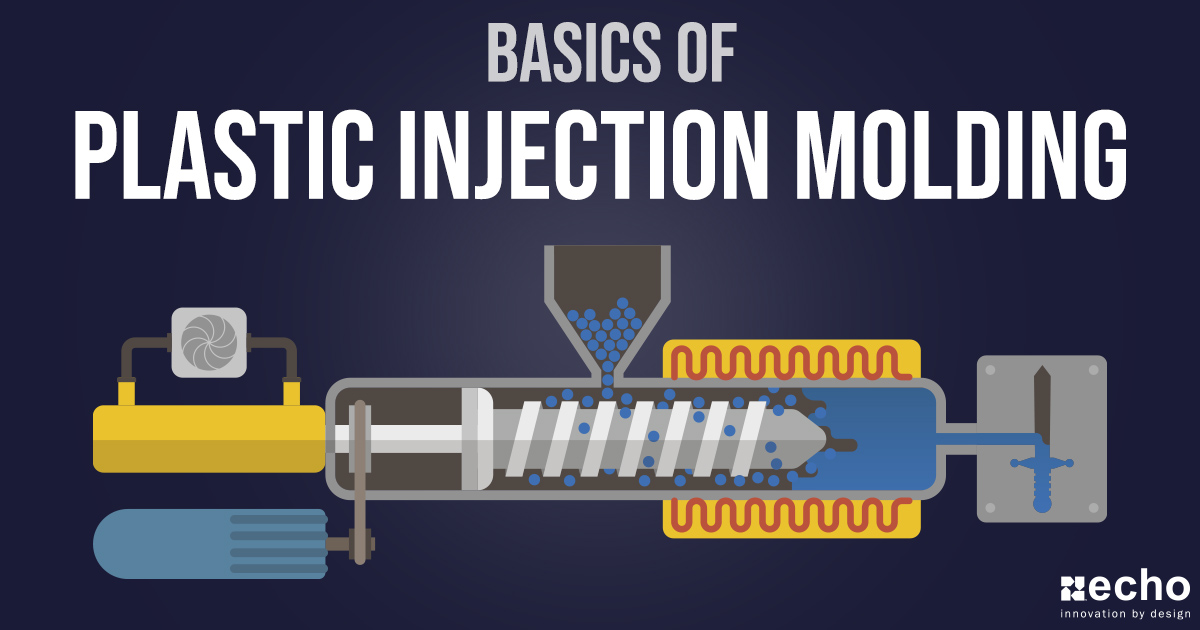Excitement About Die Castings
Wiki Article
Not known Factual Statements About Oem
Table of ContentsThings about Lean ManufacturingThe Single Strategy To Use For OemOur Die Casting Ideas7 Easy Facts About Additive Manufacturing DescribedThe Greatest Guide To Hon Hai PrecisionHow Oem can Save You Time, Stress, and Money.
The text on this page is an example from our complete White Paper 'Injection Moulding for Customers' - * Example text * - for full guide click the download switch above! Intro This overview is intended for people who are looking to resource plastic mouldings. It gives a much needed insight right into all that is entailed with developing plastic parts, from the mould tool required to the moulding procedure itself.If you want to explore even more, the overview covers sorts of mould tools, in addition to special finishing procedures such as colours & plating. Words that are underlined can be discovered in the glossary in the appendix ... Part I: Moulding: The Essentials The Advantages of Injection Moulding Plastic injection moulding is a very precise process that provides a number of advantages over other plastic handling approaches.
Accuracy is excellent for extremely intricate components. Contrasted to various other techniques, moulding allows you to include even more functions at really small resistances. Look at the image to the right. mfg. You can hold this moulding in the palm of your hand and it has bosses, ribs, metal inserts, side cores as well as openings, made with a gliding turned off feature in the mould tool.
Top Guidelines Of Lean Production


from material feed & melting; material injectionProduct shot time and ejection as well as the re-closing of the mould tool ready device the next cycle. Draft angles - The walls of a moulded component ought to be a little tapered in the instructions in which the part is ejected from the mould tool, to enable the component to be ejected conveniently.
Ejector stroke - The pushing out of ejector pins to eject the moulded component from the mould tool. Ejector stroke speed, length and timing requires to be thoroughly managed to stop damages to the ejectors and mould tool, however at the exact same time make the moulding cycle as short as feasible.

Fascination About Mfg
Ribs - When a plastic part has slim wall surfaces, ribs are contributed to the layout to make the slim wall surfaces stronger Side cores - Side activity which produces an attribute on a moulded part, at an opposing angle to the typical opening instructions of the mould tool. additive manufacturing. The side core needs to be able to retract as the plastic part can not be ejected or else.
Walls - The sides of a moulded part The message on this page is an example from our complete White Paper 'Injection Moulding for Purchasers'.
Manufacturing process for generating parts by injecting molten material right into a mould, or mold and mildew Streamlined representation of the procedure Injection moulding (U.S. punctuation: shot molding) is a production procedure for producing parts by infusing molten material into a mould, or mold. Shot moulding can be performed with a host of products primarily consisting of steels (for which the procedure is called die-casting), glasses, elastomers, confections, and the majority of commonly polycarbonate and also thermosetting polymers. Shot moulding is extensively utilized for manufacturing a variety of components, from the tiniest elements to entire body panels of cars. Shot moulding utilizes a special-purpose equipment that has 3 components: the injection system, the mould as well as the hop over to these guys clamp.
Manufacturing Industries for Dummies
, with the volume utilized of the previous being significantly higher.: 13 Thermoplastics are prevalent due to qualities that make them highly ideal for injection moulding, such as convenience of recycling, convenience for a wide selection of applications,: 89 and capacity to soften as well as flow on home heating.In multiple tooth cavity moulds, each dental caries can be identical and also form the same parts or can be one-of-a-kind and create several various geometries during a solitary cycle. Moulds are usually made from device steels, but stainless-steels and aluminium moulds are appropriate for specific applications. Aluminium moulds are generally ill-suited for high quantity production or components with narrow dimensional tolerances, as they have inferior mechanical buildings as well as her comment is here are much more susceptible to use, damages, and deformation throughout the injection and clamping cycles; nevertheless, aluminium moulds are economical in low-volume applications, as mould manufacture prices and also time are considerably reduced.
When sufficient product has gathered, the material is compelled at high stress and also velocity into the component developing tooth cavity. The precise quantity of shrinking is a feature of the material being her latest blog utilized, as well as can be fairly foreseeable. To avoid spikes in pressure, the process normally utilizes a transfer position representing a 9598% complete dental caries where the screw shifts from a constant speed to a continuous pressure control.
About Manufacturing Industries
Once the screw gets to the transfer position the packaging stress is applied, which finishes mould filling as well as compensates for thermal contraction, which is rather high for thermoplastics family member to numerous various other products. The packing pressure is used until the gateway (tooth cavity entry) strengthens. Due to its small size, eviction is normally the top place to strengthen through its entire thickness.: 16 Once the entrance strengthens, no more material can get in the tooth cavity; accordingly, the screw reciprocates as well as obtains material for the next cycle while the material within the mould cools to ensure that it can be ejected as well as be dimensionally secure.Report this wiki page